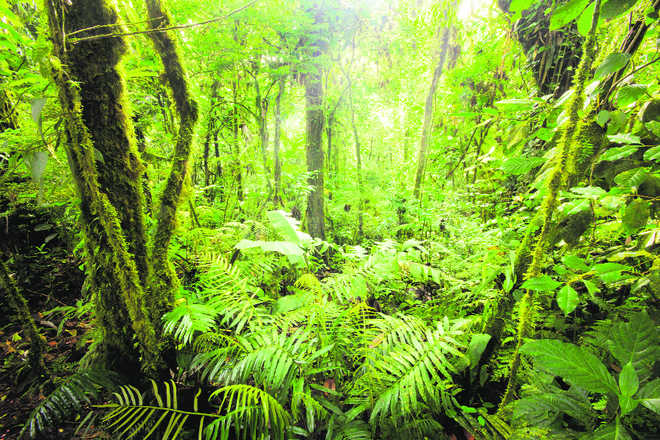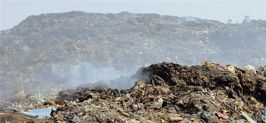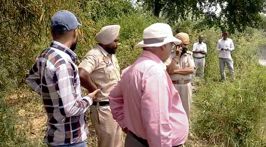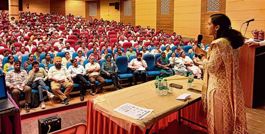
Kuldip Singh Dhir
The Hidden Life of Trees verges less on psycho-botany and more on hard science. It draws on scientific discoveries to describe how trees have families, memory and language like us. It starts with Suzanne Simard’s discovery of intricate underground network of mycelium, symbiotic fungi that bind to the roots of plants. It plays a role in the cycling and exchange of nutrients.
Peter’s deep understanding of the lives of trees reveals a world so astonishing that forests become magical places. When you know trees experience pain and they live with their children and friends like human beings, you can no longer just chop them down and disrupt their lives recklessly.
Trees connect with each other through root systems. Wandering aimlessly underground when they bump into roots of their own kind, they create a social network. Isolated trees have far shorter life than those living connected together in forests. Some trees are so sensitive that they grow only in huge assemblies of their kind. Sal is an example of this gregariousness. You won’t find a solitary sal tree even in a park.
Devoid of underground support, urban trees are cursed to be alone under the hardest conditions, making them die a premature death. Due to selective breeding, the enslaved trees and crops fall an easy prey to insects and pests. That is one reason why modern agriculture uses so many pesticides.
Trees communicate with each other through a secret language. Peter cites an example of giraffes suddenly pouncing upon acacias. The trees start pumping out toxic substances into the leaves to rid themselves of the herbivores. They also give off a warning scent that signals to neighbouring trees of their species that a crisis is at hand. All the forewarned trees immediately repeat the action to combat the danger. The giraffes run away to distant trees or upwind where they can find trees that are oblivious to what is going on.
Beech, spruce and oak register pain as soon as some caterpillar takes a bite of their leaves. The tissues around the site send out signals, and in an hour or so, defensive compounds reach the leaves to spoil the pest’s meal. If the roots find themselves in trouble, this information is broadcast throughout the tree. This can trigger leaves to release warning scents for the neighbouring clan. The trees can identify bad eaters from their saliva and release pheromones that summon beneficial predators to devour the insects that bother them. Trees like oak carry bitter toxic tannins, which either kill the insects or make the leaves biliously bitter to nibble.
As for the memory, this book refers to studies on mimosas, which close their leaves when touched. Gagliano designed an experiment where individual water drops fell on the plant foliage at regular intervals. At first, anxious leaves closed immediately, but after a while, the plants learned that there was no danger from water droplets. The leaves remained open despite the drops, thereafter. Surprisingly, the plants remembered and applied this knowledge weeks later without further tests. We know that water is transported to leaves through capillary action.
Peter informs us that when concentration of sugar becomes higher in some cell, water flows to it to equalise this percentage with other cells. We are told, trees shed their dried skin continuously like human beings. A tree contains almost as much percentage of water as we do. A cut in its bark is as uncomfortable for it as a wound in our skin is for us.
The tree relies on mechanisms similar to the ones we use to stop this from happening. Due to rise in carbon dioxide levels in the atmosphere, trees grow faster today, but at the cost of a shorter life. The trees need rest and sleep like us at night. Subjecting them to strong light every night for long periods disturbs them, making them fall sick and even die.
Wohlleben’s book has to be admired not because he is a forester with important things to say, but because he says them so wonderfully. It is a must read for anyone remotely interested in plants and also for policy makers who see trees only as lumber factories.



























